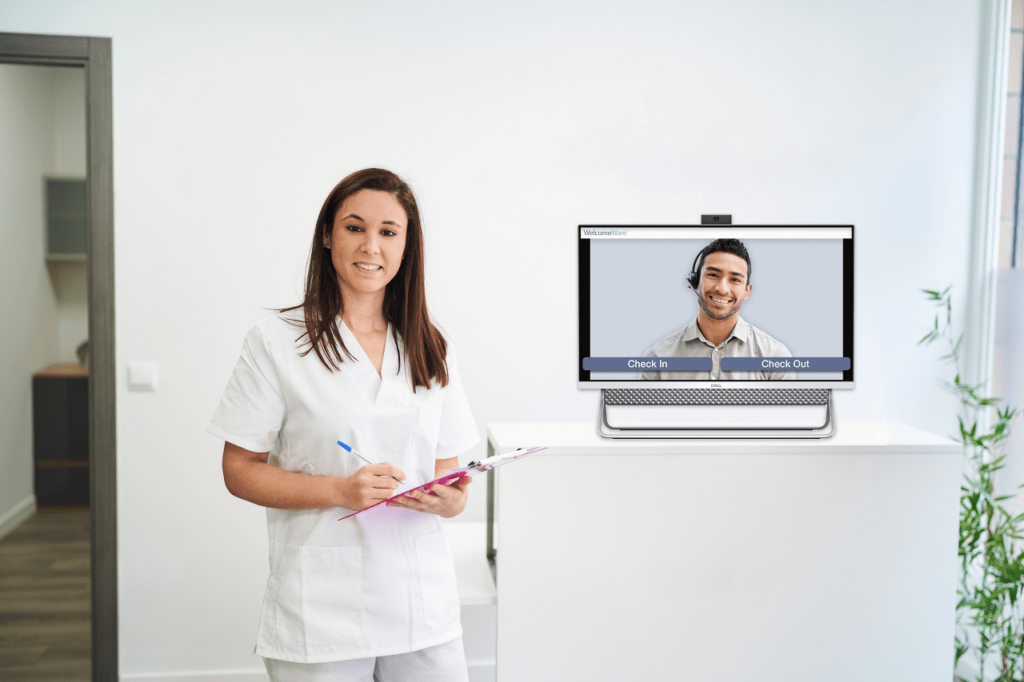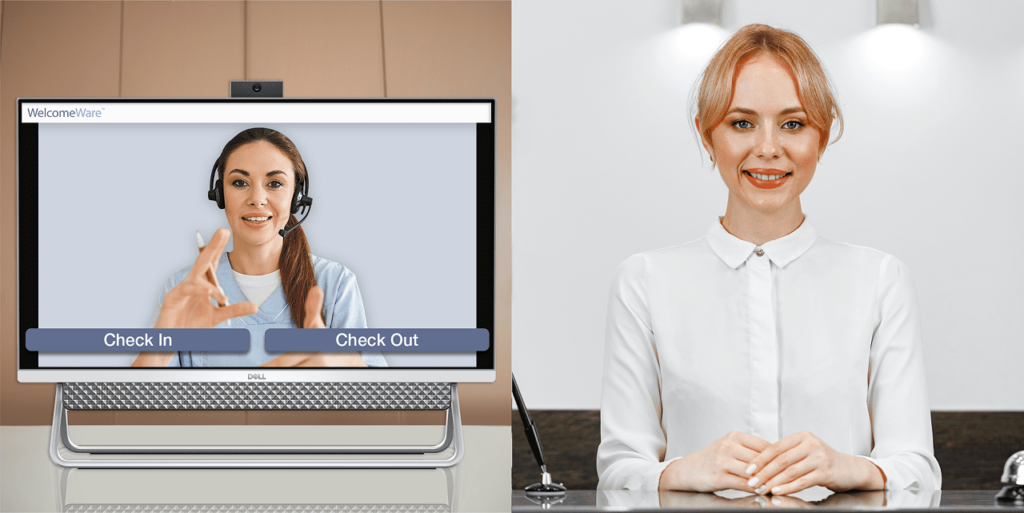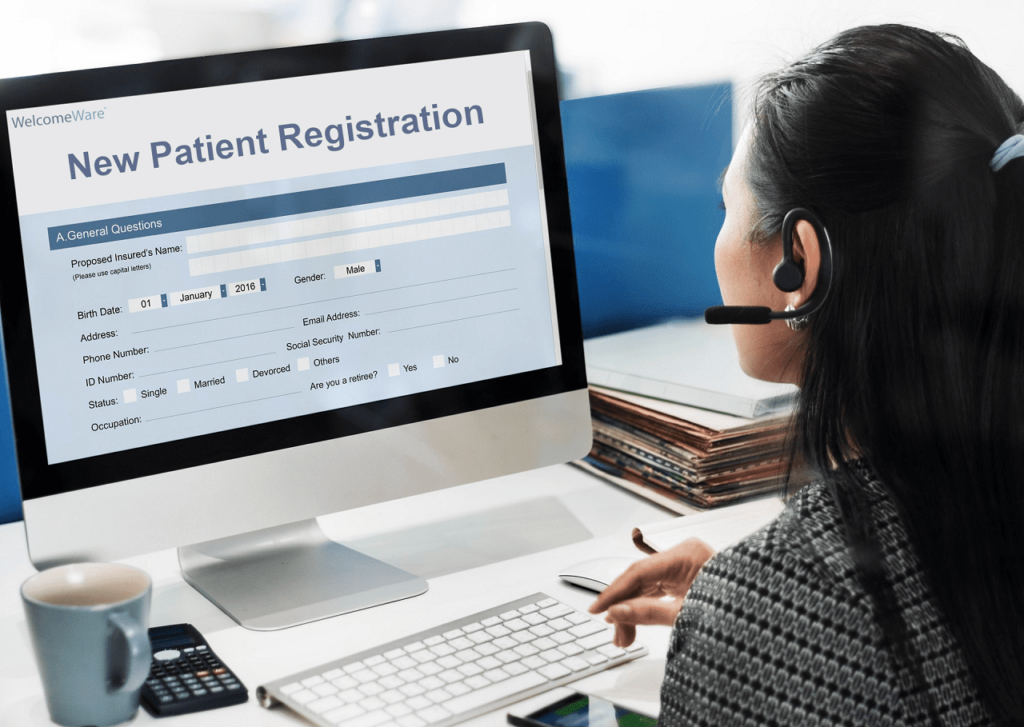The Outsourcing Readiness Playbook for Physical Therapy Practices
Outsourcing has become a strategic necessity across many industries, and healthcare practices—particularly physical therapy practices—are no exception. As your practice grows, trying to manage every operational detail internally can become overwhelming. Scheduling, billing, and patient intake and communication often compete with the patient care your team is trained to deliver. Over time, this administrative weight can limit your capacity, affect patient experience, and strain your staff.
This playbook tackles the critical signs that your practice may be ready to outsource physical therapy tasks, the pros and cons of outsourcing, common pitfalls to avoid when choosing an outsourcing partner, the types of virtual assistants (VAs) that best suit your practice, and hidden benefits that can create a significant impact. By the end of this post, you’ll have a better understanding of the tools and knowledge to determine whether outsourcing is the right step for your practice and how to choose the right partner to ensure long-term success.
Signs Your Practice Is Ready to Outsource
Outsourcing isn’t just about reducing costs; it’s about improving efficiency, enhancing the patient experience, and allowing your team to focus on higher-value tasks. But how do you know when it’s the right time to take the plunge? Here are some key signs that your physical therapy practice is ready to outsource:
Breakdowns in Scheduling
Strong scheduling systems keep your clinic running smoothly. When your team is constantly dealing with conflicts, cancellations, or overbooked calendars, it signals that administrative capacity has reached its limit.
Heavy scheduling workloads pull your front desk away from patient interaction and create bottlenecks that impact patient care. Strategic outsourcing alleviates this load, allowing your team to refocus on engagement and clinical support. Research shows outsourcing administrative functions can improve overall operational efficiency by up to 25%, making it one of the most important areas to delegate.
Longer Wait Times
Long wait times—whether on the phone or at the front desk—are signs of an overwhelmed front desk. These delays have real consequences. Roughly 80% of callers will hang up if they aren’t helped quickly, leading to missed or canceled appointments and frustrated patients.
If wait times are a recurring issue, outsourcing tasks, such as check-ins, scheduling, and routine inquiries, can provide immediate relief. A trained medical administrative assistant ensures timely responses and helps patients feel prioritized from the start of their visit.
Staff Burnout Cues
Burnout is one of the clearest signs that it’s time to outsource. In physical therapy settings, administrative burden is a major contributor to staff exhaustion, with 85.2% of physical therapists reporting that paperwork and admin load fuel clinician burnout.
If your team is consistently stretched thin, outsourcing scheduling, billing, and patient follow-ups helps with the delegation of the workload. This not only protects staff morale but creates a healthier, more sustainable work environment.
Cash Flow Warning Signs
Cash flow issues, such as delayed billing, missed appointments, or long reimbursement cycles, often stem from administrative bottlenecks. A dedicated virtual assistant can manage claim submissions, billing inquiries, and insurance follow-ups—tasks that directly affect revenue. Outsourcing key functions has been shown to increase revenue by 10-15%, giving practices the competitive edge it needs to truly thrive.
Common Blind Spots When Choosing an Outsourcing Partner
Choosing the right outsourcing partner is crucial to ensure that your practice runs smoothly. However, many physical therapy practice owners overlook key factors during the selection process. Below are three frequent oversights to avoid.
Overlooking Culture Fit
Technical skill is essential, but cultural alignment is equally important. If your outsourced virtual medical administrative assistants don't operate with empathy, professionalism, and consistency—integral values to patient-facing roles—it can create friction and negatively affect patient experience. Choose a partner that understands healthcare workflows and fits your practice’s communication standards.
Not Asking the Right Onboarding Questions
Successful outsourcing depends heavily on the onboarding process. Many practices focus on cost-effectiveness and capabilities but overlook how well a partner can integrate with existing systems. Effective onboarding involves clear questions about:
- Technology compatibility
- Workflow handoffs
- Communication standards
- Reporting expectations
- Training procedures
This level of clarity ensures a smoother transition and long-term success.
Underestimating Training Needs
Outsourcing is not a plug-and-play solution. Your partner, alongside your practice, must train their team on your workflows, privacy protocols, patient interaction standards, and compliance requirements. Without this foundation, even skilled VAs can struggle to adapt. Choose a partner that invests in thorough, practice-specific training.
Which Virtual Assistant Roles Fit Your Practice Best?
Needs vary by practice, and these four VA roles deliver the strongest operational impact for physical therapy clinics.
Virtual Patient Intake & Front Desk Support
This role focuses on managing the first point of contact with patients. A virtual receptionist or intake assistant can complete check-ins, answer general questions, confirm insurance details, and manage basic appointment requests. Delegating these front desk tasks to VAs creates space for your on-site team to stay present with patients in the clinic.
Medical Billing & Claims Coordination
A medical billing offshore staff zeroes in on financial workflows. This includes processing claims, submitting documentation, tracking unpaid invoices, and following up with insurance providers. By assigning billing tasks to specialized VAs, your practice gains consistency in reimbursements and reduces the risk of delays that affect cash flow.
Remote Scheduling & Calendar Management
This type of VA handles your appointment logistics, focusing on timing, availability, and patient intake. Responsibilities include booking and rescheduling visits, confirming appointments, and managing cancellations. With a scheduling coordinator in place, no-shows drop, and your calendars remain well-balanced.
Patient Retention & Engagement Support
This type of VA helps maintain strong patient relationships after the visit is over. They handle follow-up messages, future appointment reminders, progress check-ins, and post-visit surveys. This ongoing touchpoint boosts retention, strengthens patient-clinic relationship, and helps patients feel supported throughout their care plan.
Pros and Cons You Should Look Into
Outsourcing offers many advantages, but it’s important to approach it with realistic expectations. Here are the pros and cons of outsourcing physical therapy tasks that you should be aware of:
Real Expectations
Outsourcing can significantly reduce your in-house staff's workload and improve operational efficiency. However, it's essential to understand that outsourcing does not eliminate the need for oversight. Regular communication with your outsourcing partner and having a clear set of expectations and boundaries will ensure a smooth collaboration.
Cost Clarity
Outsourcing can be a cost-effective solution, with estimates suggesting potential savings of 30–60% compared to the expense of hiring a full-time, in-house employee. However, to realize these savings, it’s essential to understand the full scope of costs involved. Some outsourcing partners charge per task, while others may offer subscription-based pricing. Make sure you understand the pricing model to avoid unexpected expenses.
Workflow Changes
When you outsource administrative tasks, workflows will inevitably change. Make sure your teams are informed and prepared about the whys and hows of the new processes or tools, and gauge your team’s willingness and readiness to take on these new methods. . Successful outsourcing requires buy-in from your entire team to ensure seamless integration and cooperation.
Hidden Benefits That Create the Most Impact
In addition to the more obvious benefits of outsourcing, there are some hidden advantages that can significantly improve the overall efficiency of your practice:
Faster Patient Response Times
VAs can handle scheduling and follow-ups in real time, giving patients quick answers and reducing abandonment rates. Patients appreciate a fast, efficient system, which can lead to higher patient satisfaction and retention rates for your practice.
Higher Staff Productivity
By outsourcing routine administrative tasks, your in-house staff can focus on patient care. This not only improves staff morale but also boosts productivity, as they spend more time doing what they do best.
More Predictable Operations
Outsourcing stabilizes your workflow by creating consistency in administrative processes. Whether it’s patient scheduling or billing follow-ups, outsourcing can help your practice run efficiently. This strategic control minimizes the delays and critical errors that can directly impact both patient care quality and financial stability.
Practical Takeaways: Your Blueprint for Outsourcing Success
Outsourcing offers a variety of transformative benefits for physical therapy practices, but it's crucial to remember that it is not a one-size-fits-all solution. To ensure this strategic shift delivers the maximum tangible results, you must follow a clear blueprint:
- Assess Readiness: Honestly evaluate your internal capacity and identify specific pain points (burnout, long wait times, cash flow issues).
- Choose the Right Partner: Prioritize effective onboarding and training on tools and processes, and ask critical questions to ensure alignment with your specific workflows and high customer service standards.
- Select the Appropriate VA Roles: Strategically choose VAs specializing in areas that will yield the most significant impact (e.g., billing for cash flow, dedicated scheduling for productivity).
By meticulously implementing this approach and entrusting routine administrative tasks to specialized partners, you can achieve significant, measurable benefits:
Elevate Your Front Desk with a Dedicated Solution
Outsourcing can reshape your operations, but the true impact comes from choosing industry-specific partners in the healthcare industry. WelcomeWare’s Welcomers offer that fit.
Welcomers are trained to provide administrative support tailored to your practice. They manage essential front office tasks—including scheduling, intake support, follow-ups, and daily administrative workflows—allowing your on-site teams to focus on patient care.
This gives you the dependability of skilled reception professionals without the complexity of hiring, training, or managing additional in-house staff. And when your team is ready, the same Welcomers can also support you through WelcomeWare’s front desk kiosk solution, which combines live virtual receptionists, software, and actionable data to create a frictionless check-in experience.
By applying the steps in this playbook and partnering with WelcomerWare, your practice and workflows can shift from being constantly pressured to being more organized and steady. Staff get meaningful support and better morale, patients move through intake smoothly, and your operations become better positioned for long-term growth.












